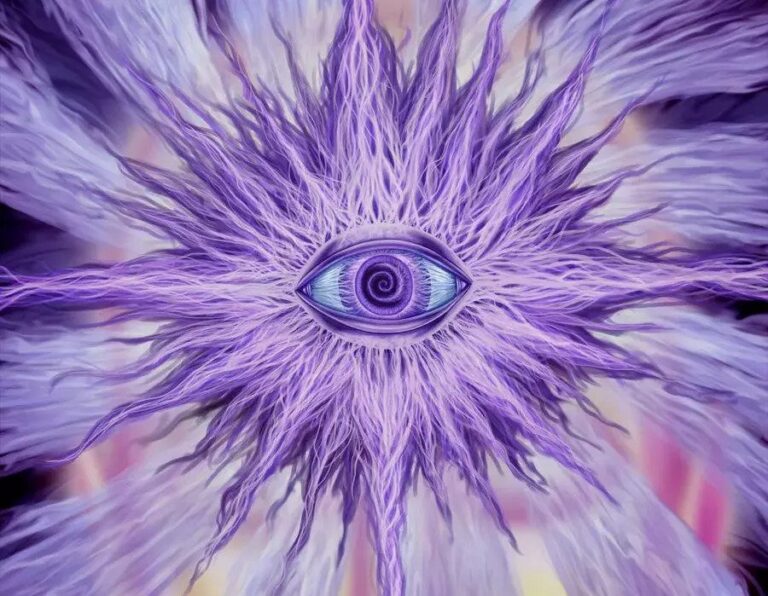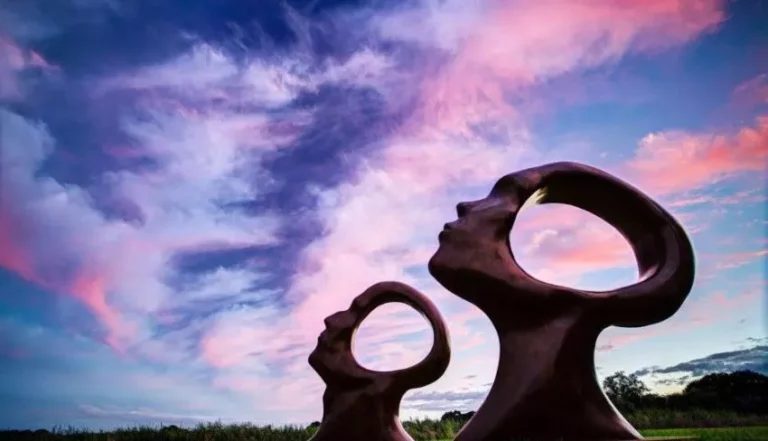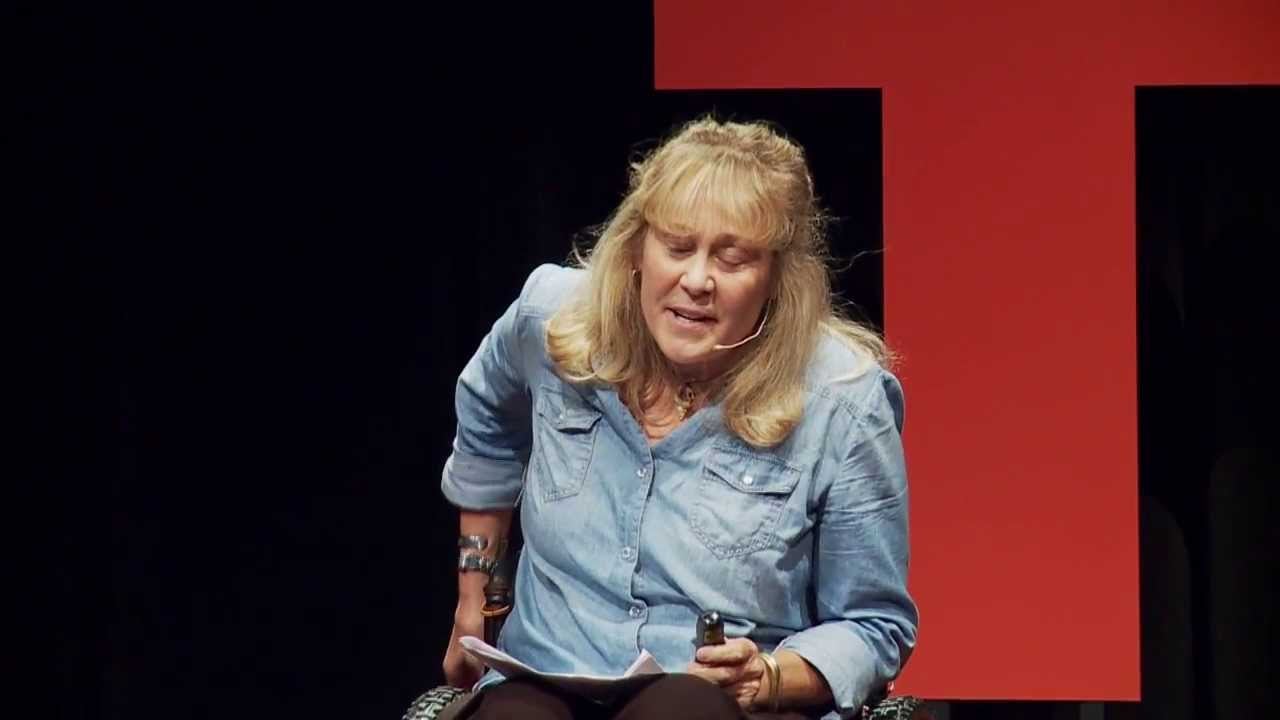“Self-mastery, maturity, and wisdom are defined by our ability to hold the tension between opposites.” ~ Louis G. Herman
What is Eudaimonia?
Eudaimonia is a Greek word that is, etymologically, made up of two words: “eu” (good) and “daimōn” (spirit or genius). But it is much more powerful than that.
The most accurate translation is “human flourishing,” as it encapsulates the highest human good and subsumes the concept arête (virtue and excellence), and is likened to an ancient understanding of self-actualization.
Plato defined it as, “The good composed of all goods; an ability which suffices for living well; perfection in respect of virtue; resources sufficient for a living creature.”
In this article we will analyze how living in the tension between opposites might be the most effective method to give rise to this most elusive type of human flourishing.
The Student-Teacher Dynamic
“We build too many walls and not enough bridges.” ~ Isaac Newton
We are all teachers just as we are all students. Life is what we teach and life is what we learn. The student creates the teacher by realizing a question and seeking out guidance. The teacher creates the student by providing a sacred space to question while revealing higher states of questioning. The best students ask the most progressive questions.
The best teachers package the most progressive questions into something that can be interrogated by both teacher and student, revealing how the art of trial and error (fallibilism) can lead to awestruck passion and the need for more knowledge.
As far as eudaimonia is concerned, the height of human flourishing is to learn to live in the tension between student and teacher, to move from beginner’s mind to master’s mind and back again. It’s a dance of knowledge between your innocence and your wisdom, back and forth.
One informs while the other humbles. One enlightens while the other reconditions. Pulled between what we know and what we don’t know, and precariously walking that tight-rope with awe-inspired passion, we almost guarantee a profound human flourishing.
The Apollonian-Dionysian Dynamic
“We should split the sack of this culture and stick our heads out.” ~ Rumi
The Apollonian and Dionysian is a philosophical/archetypal dichotomy, based on Greek mythology. The Apollonian is the wish to create order. It is principled and plastic, revelling in the visual arts: beauty and clarity. It seeks to form boundaries and individuality, celebrating appearances and illusions, self-control, perfection, and creation.
The Dionysian, on the other hand, is the wish for chaos and intoxication. It celebrates nature, the instinctual, and the intuitive. It embraces the wholeness of existence, from orgiastic passion to the dissolution of all boundaries. It seeks excess through free creative expression, while glorifying the art of creating from destruction.
It can be argued that the height of human flourishing is to somehow harness the power of this dynamic dichotomy, to have the ability to create both from order and from chaos, to intermittently honor and stretch all boundaries.
What would such a person be called besides enlightened, individuated, and self-actualized? Daemonic shaman shining dark into light and light into dark? Harmonious up-heaver with a black halo? Lawless peacekeeper with a white shadow? Reasoning intuitive with a squared circle? One who stretches comfort zones into holistic horizons and back again?
Oh the endless progression of human flourishing that awaits those of us who can withstand the tension between these dynamic opposites.
The Senex-Puer Dynamic
“When you have exhausted all possibilities, remember this: You haven’t.” ~ Thomas Edison
 “Senex” and “puer” are two Jungian archetypes derived from the collective unconscious. Senex is the Latin word for “old person.” Puer is the Latin word for “child.” The senex archetype fosters sobriety, and is realistic and grounded.
“Senex” and “puer” are two Jungian archetypes derived from the collective unconscious. Senex is the Latin word for “old person.” Puer is the Latin word for “child.” The senex archetype fosters sobriety, and is realistic and grounded.
When we connect with our inner senex we are mature, patient, and accepting of limits. But without the puer to balance us out, we can become rigid and stuck in our ways, unable to think outside the box or stretch our comfort zones.
The puer archetype, on the other hand, is youthful and enthusiastic about life. When we connect with our inner puer we are imaginative and curious about the world. We are creative and spontaneous and open to the novelty of the universe.
But without the senex to balance us out, we can become imprudent and impulsive, unable to set limits and we can become irresponsible with our power.
In regards to eudaimonia, the senex is the shadow of puer, and puer is the shadow of senex. The more we are able to embrace our shadow, whether we are more senex-like or puer-like, the more we foster our growth into greater consciousness.
The more likely we are to tap into our unique genius and discover our own personal flourishing. The puer softens the senex, while the senex rounds out the puer. The result is nothing short of human genius.
Like Henry Miller said, “The task of genius is to keep the miracle alive, to live always in the miracle, to make the miracle more and more miraculous, to swear allegiance to nothing, but live only miraculously, think only miraculously, die miraculously.”
And there is nothing more miraculous than the ability to hold the tension between opposites and to flourish while doing so.
James Hillman speaks about the Senex & Puer Archetypes
http://youtu.be/99Zo2PxPXx4
Image source:
Edaimonia
Plato & Aristotle
Dionysian-Apollonia
Boy & elephant










 The underlying belief is “I don’t believe I am powerful enough to be my own solution, I believe other people, the government, the Illuminati, are more powerful than I am, they are a force to be feared therefore I need to spread more fear to everyone else by telling them how angry and outraged they should be.”
The underlying belief is “I don’t believe I am powerful enough to be my own solution, I believe other people, the government, the Illuminati, are more powerful than I am, they are a force to be feared therefore I need to spread more fear to everyone else by telling them how angry and outraged they should be.”





 er over power can be found in a single word: prestige. It all at once encompasses the concepts of respect, distinction, and power. A person can have tons of money, but if they don’t have wisdom then they do not have prestige.
er over power can be found in a single word: prestige. It all at once encompasses the concepts of respect, distinction, and power. A person can have tons of money, but if they don’t have wisdom then they do not have prestige.





